


Germany is full of rich history and culture and this is reflected in the wealth of museums throughout the country. Whether you’re interested in history or art, cars or technology, you will find a museum to satisfy your appetite. Just take a look at these top attractions.
Want to plan a trip to Germany? Before you set off, it’s important to make sure you have the right travel insurance to cover you along the way. World Nomads offers simple and flexible travel insurance which you can buy at home or on the road. They also offer loads of advice to help you travel more confidently. So what are you waiting for, get a quote today!
Covering a total area of almost 60,000 square meters, the Deutsches Museum in Munich boasts an extensive collection of exhibits from the worlds of science and technology. Among it, you will find around 100,000 exhibited objects that extend from the Stone Age to the present day. These include everything from a prehistoric stone axe to an Intercity Express train and an old pocket sundial.
There are plenty of interactive elements to pique your interest, too. These range from experiments that you can conduct at the push of a button to presentations about cars, airplanes, and space travel. Depending on when you visit, you might also be able to catch a special exhibition, too. Meanwhile, budding young scientists will find plenty to keep them entertained in the Kids’ Kingdom. With so much on offer, it’s hardly surprising that the museum receives around 1.5 million visitors every year.
Deutsches Museum, Museumsinsel 1, 80538 Munich
There are numerous exciting things to do in Berlin, but if you love art and history, then a visit to Museum Island is a definite must. Five of Berlin‘s most prominent museums can be found on this unique UNESCO World Heritage Site which lies in the middle of the River Spree. Among them is the Alte Nationalgalerie which houses around 1,800 paintings and 1,500 sculptures from Romantic and Impressionist eras. The Altes Museum, meanwhile, showcases stone sculptures, vases, craft objects, and jewelry dating back to ancient Greece. And if you’re interested in Egyptian history, you will find a stunning head sculpture of Egyptian Queen Nefertiti over at the Neues Museum.
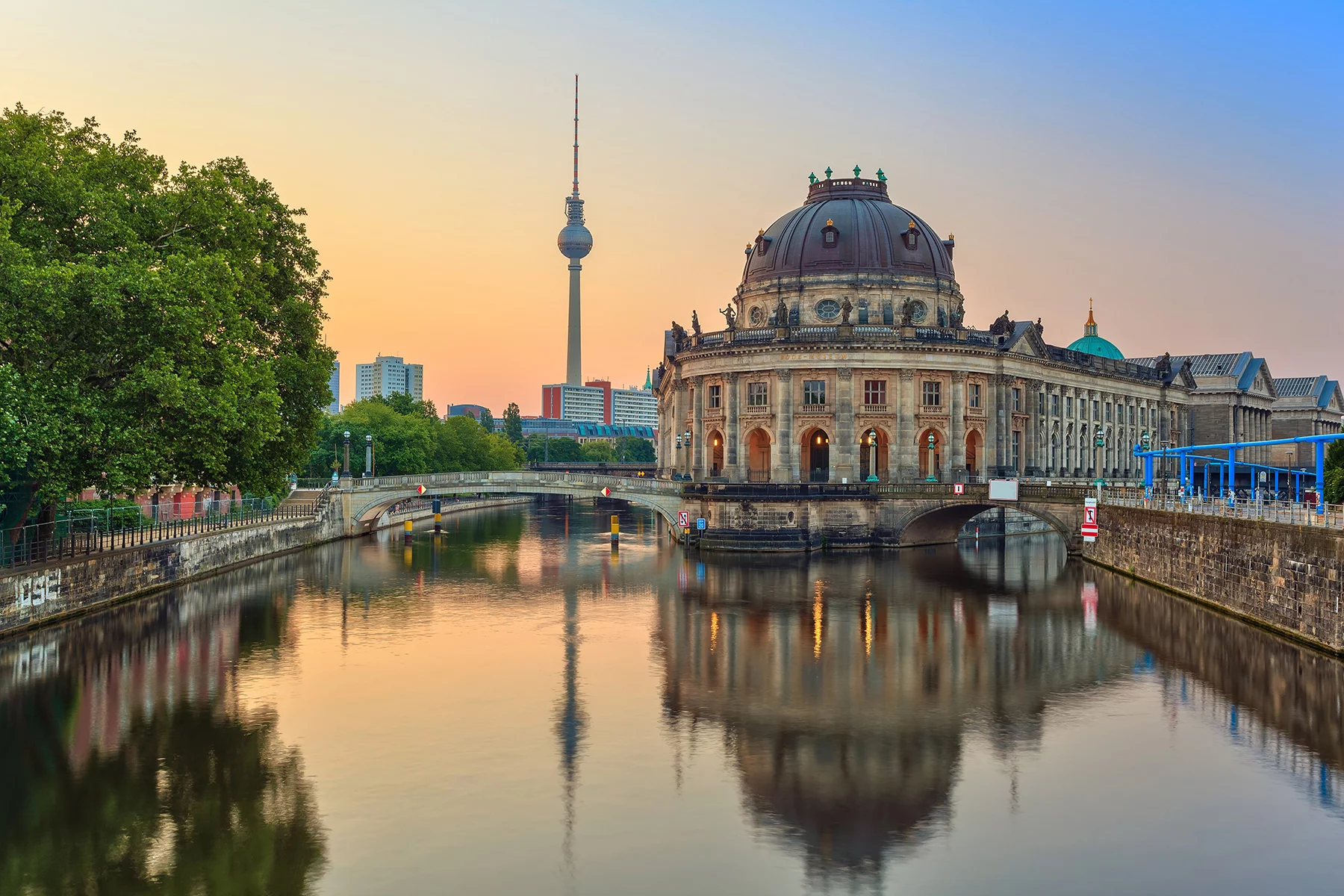
Those interested in archaeology, meanwhile, will no doubt enjoy exploring the Pergamonmuseum. Here, you will find full-scale reconstructions of architectural monuments from Greek and Roman antiquity. You will find other treasures among the world’s largest collection of ancient sculptures at the Bode-Museum. Depending on how much time you have to explore, you might want to consider buying a €16 ticket; this grants you access to all of the museums on the island.
Museum Island, Breite Street, 13089 Berlin
Built on the old headquarters of the Gestapo and SS, the Topography of Terror is one of the most frequently visited museums in Germany. In fact, it welcomed more than 1.3 million visitors in 2018 alone. The museum offers a sobering glimpse into the harrowing events that kept Berlin in a state of fear during World War II. You may find certain aspects of the museum somewhat disturbing, so be warned, this is not for the faint-hearted.
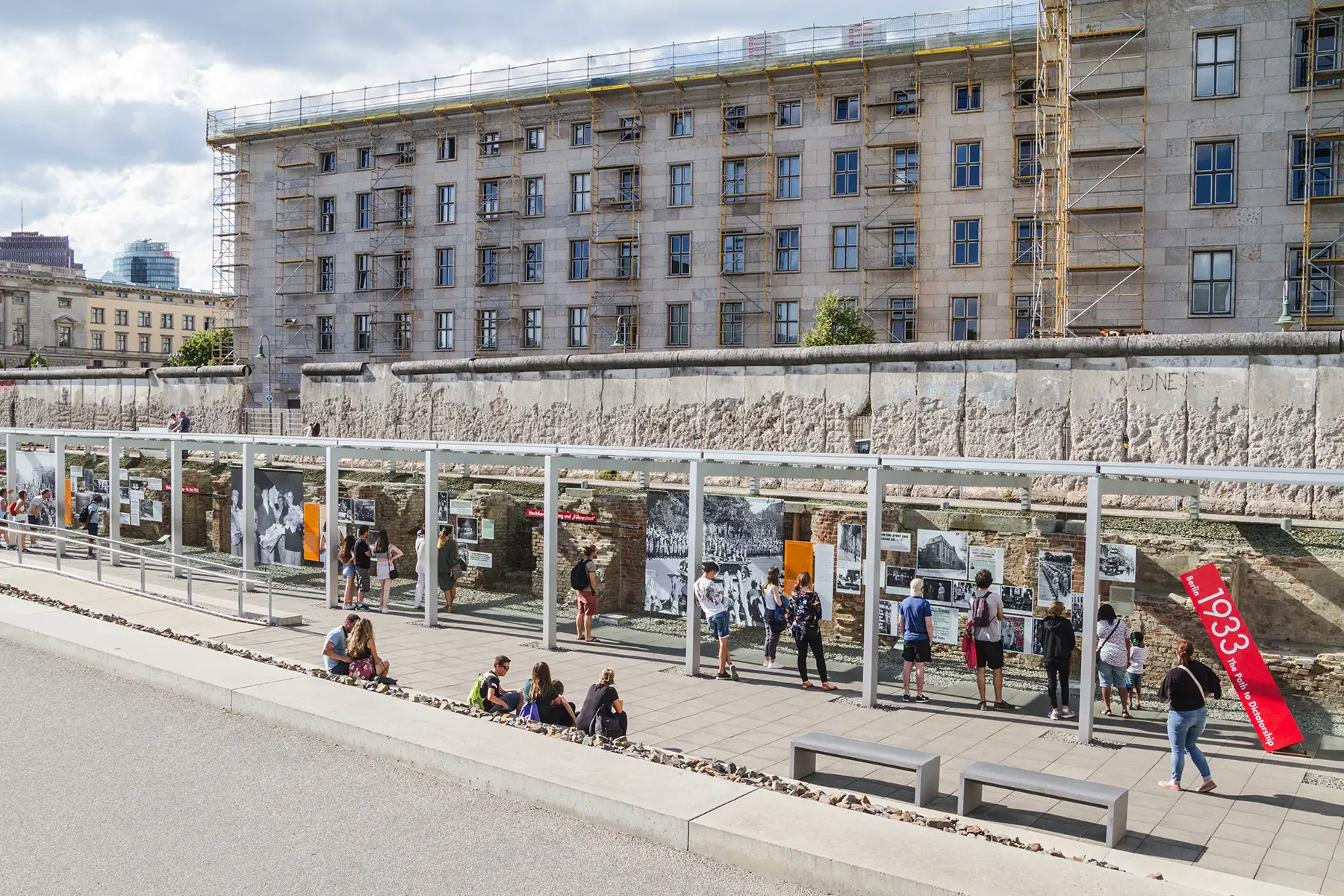
Among these is a cellar that lies beneath a remaining section of the Berlin Wall where many political prisoners were tortured and executed. There are three permanent exhibitions to explore; including one on propaganda that presents photographs, newspaper articles, and documents from the time period. You can either wander around them at your own pace or join a guided tour to gain more in-depth information. Whatever you decide, the museum is well worth a visit.
Topography of Terror, Niederkirchnerstraße 8, 10963 Berlin
The hairs on the back of your neck are sure to stand up when you wander through the atmospheric Memorial to the Murdered Jews of Europe in Berlin. Located in the middle of the city, near Brandenburg Gate, the memorial commemorates the six million-plus Jewish victims of the Nazi Holocaust. These are represented by 2,711 concrete slabs of different heights which serve as a somber reminder of the horrors of the period.
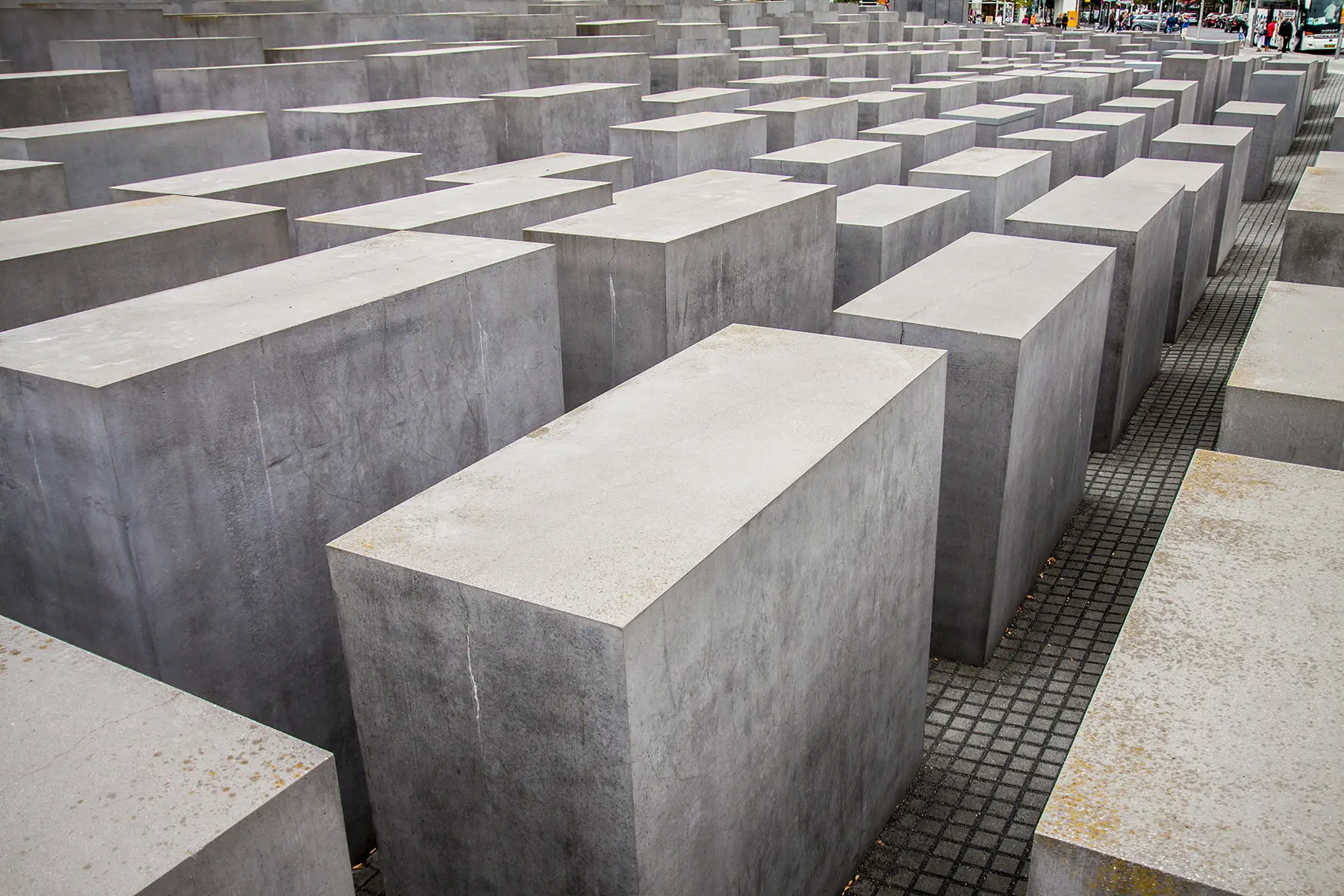
Nearby, an 800 square-meter information center provides further information on the Holocaust. This includes personal documents about individuals and families, as well as biographical details, recordings, and details of other memorial sites throughout Europe. The center offers free guided tours and city walks as well as audio tours of the exhibition. It is open every day and night, allowing thousands of people to visit every year.
Memorial to the Murdered Jews of Europe, Cora-Berliner-Straße 1, 10117 Berlin
If you want to know what it feels like to be on top of the world, then a visit to Miniatur Wunderland in Hamburg will give you an idea. Located in the historic Speicherstadt district of the port city, this is the world’s largest model railway layout. It consists of 15,400 meters of train tracks that traverse through various model landscapes including the Alps and Austria, Switzerland, Scandinavia, Italy, and the American West. The impressive spectacle features 1,040 trains, 9,250 cars, 42 planes, and 260,000 human figurines spread across nine different sections.
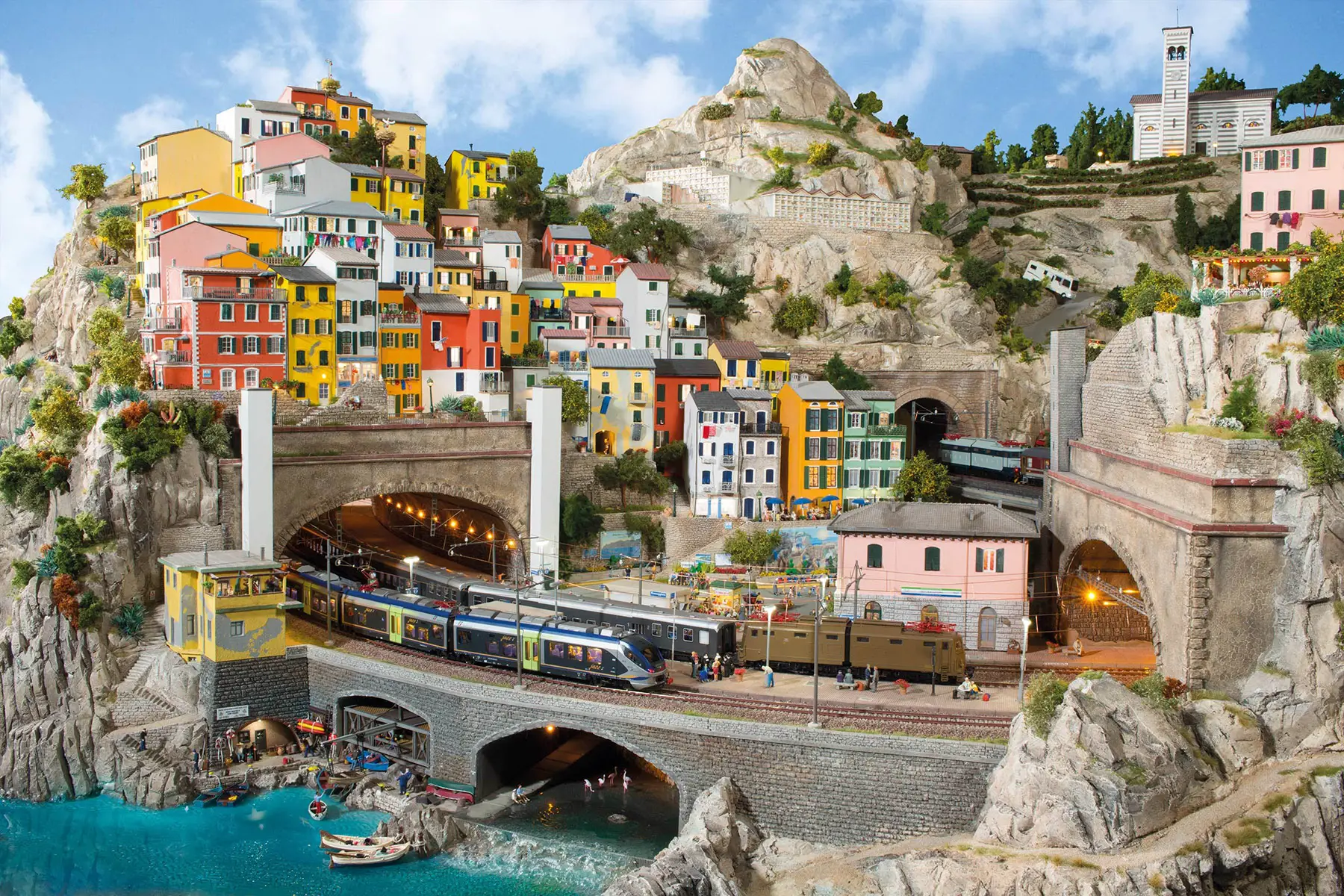
The latest addition is a miniature funfair which features 8 square meters of lottery booths, rides, and food stalls. The impressive display even lights up with 100,000 LEDs come nightfall to give it a realistic feel. But the plans don’t stop there as the project has been continuously expanding since it began in 2000. Plans are already in progress for the construction of new sections for South America, Asia, and the Caribbean.
Miniatur Wunderland, Kehrwieder 2/Block D, 20457 Hamburg
Located in Nürnberg, the Germanisches Nationalmuseum is Germany’s largest museum of art and cultural history and boasts an enormous collection of 25,000 objects dating back from prehistoric times to the present day. Among these are weapons and armor, paintings and sculptures, and early scientific instruments. The vast collection offers a glimpse into the everyday life of the citizens of German-speaking regions. For instance, visitors will discover around 300 original items of clothing spanning three centuries, popular household music instruments from the 16th century, and hunting weapons from the Middle Ages.
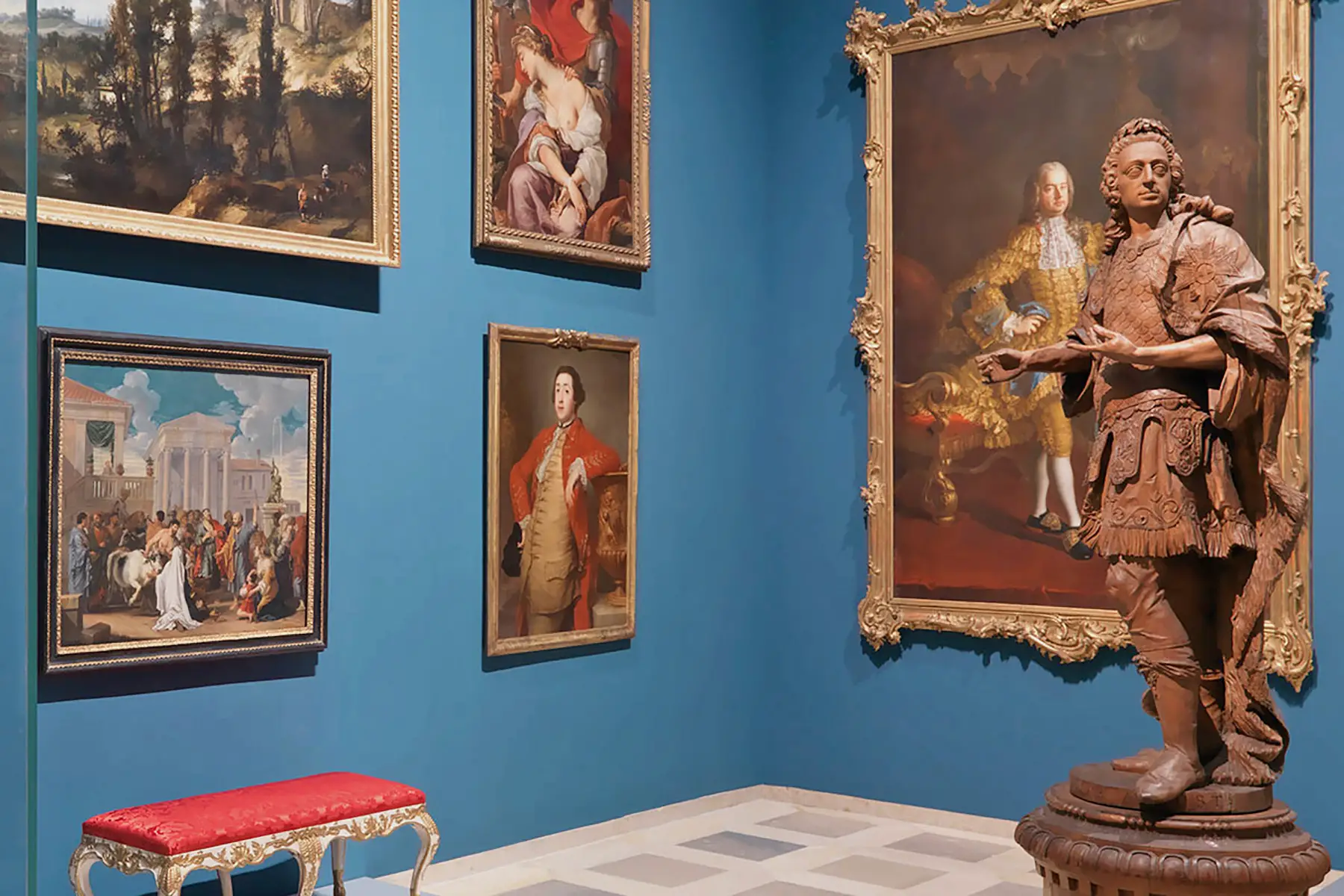
You can also listen to an audio tour in several different languages which takes you on a journey through the museum and presents fascinating information about key highlights. These include masterpieces by Albrecht Duerer and Ernst Ludwig Kirchner and the Cloth of Saint Gereon; the oldest existing European tapestry. The museum hosts regular temporary exhibitions, so be sure to check the website ahead of time to see what’s on.
Germanisches Nationalmuseum, Kartäusergasse 1, 90402 Nürnberg
Whether or not you love cars, you will no doubt be impressed by the huge collection of motors on display at the Mercedes-Benz Museum in Stuttgart. Since opening in 2006, the popular German museum, which resembles a giant cloverleaf, has welcomed thousands of visitors. And it’s not hard to see why. Occupying a space of 16,500 square meters over nine floors, the museum showcases over 1,500 exhibits and 160 vehicles; some of which date back to the earliest days of the motor engine.

During your visit, you can also learn about the evolution of the automotive industry, from the very first patented car in the world to the hydrogen vehicles of the new millennium. Optional guided tours in German and English add even more to the overall experience. If you’re looking to make a day of it, you can also stop for a bite to eat at Bertha’s restaurant which serves a unique mixture of classical French cuisine, Asian-inspired dishes, and regional classics. Make sure to swing by the museum shop too and check out the world’s largest range of Mercedes-Benz products; including clothing, watches, books, model cars, and more.
Mercedes-Benz Museum, Mercedesstraße 100, 70372 Stuttgart
With its numerous museums, restaurants, bars, and world-famous UNESCO-listed cathedral, Cologne remains one of the most popular places to visit in Germany. But those with a sweet tooth have even more reason to add the picturesque city to their travel list, as it is home to Germany’s largest chocolate museum. Covering 4,000 square meters of exhibition space, the Chocolate Museum Cologne is every chocoholic’s paradise. Among the nine exhibition areas, you will discover a whopping 2,000 exhibits. These include a 3-meter-high chocolate fountain into which you can dip a waffle. During your visit, you can learn about the culture and history of chocolate; dating back 3,000 years to the Mayans and Aztecs.

You can also shop to your stomach’s content at the museum’s chocolaterie which sells a huge variety of fine chocolates, exclusive truffles, and delicious pastries. Experts are on hand to help recommend the best bites to try, too. But if you fancy something more substantial to eat during your visit, you can swing by the Grand Café and enjoy a variety of sweet and savory treats; these include crêpes, waffles, cakes, and salads. All this can be enjoyed while taking in the magnificent view of the Rhine down below.
Chocolate Museum Cologne, Am Schokoladenmuseum 1A, 50678 Cologne
If you love beer, then you will no doubt enjoy a visit to the famous Beer and Oktoberfest Museum in Munich. Located inside the city’s oldest townhouse, which dates back to 1340, the museum offers visitors a glimpse into the history of Bavarian beer production and the world’s largest beer festival, Oktoberfest. Spread over four floors, it can only be accessed by climbing a 43-step staircase, so remember to mind your head if you’re tall.

The relatively new museum has garnered a glowing reputation among beer lovers since opening in 2005. Part of this is owing to the guided tours and beer tastings on offer. During these, an expert beer sommelier will share interesting facts about beer brewing, the different varieties, the art of pouring, and the skill of pairing beer with food. Information is presented in German and English, too, making it a great option for expats and tourists.
Beer and Oktoberfest Museum, Sterneckerstraße 2, 80331 Munich
Located in the city of Bonn, the Museum of Contemporary History displays the history of Germany from the end of World War II to the present day. This focuses largely on life during the Cold War. The exhibitions are presented in chronological order to create a journey through time. Along the way, you will discover 7,000 items in contemporary settings across over 4,000 square meters. You will also find numerous documents, photographs, sound recordings, and film clips from the period.
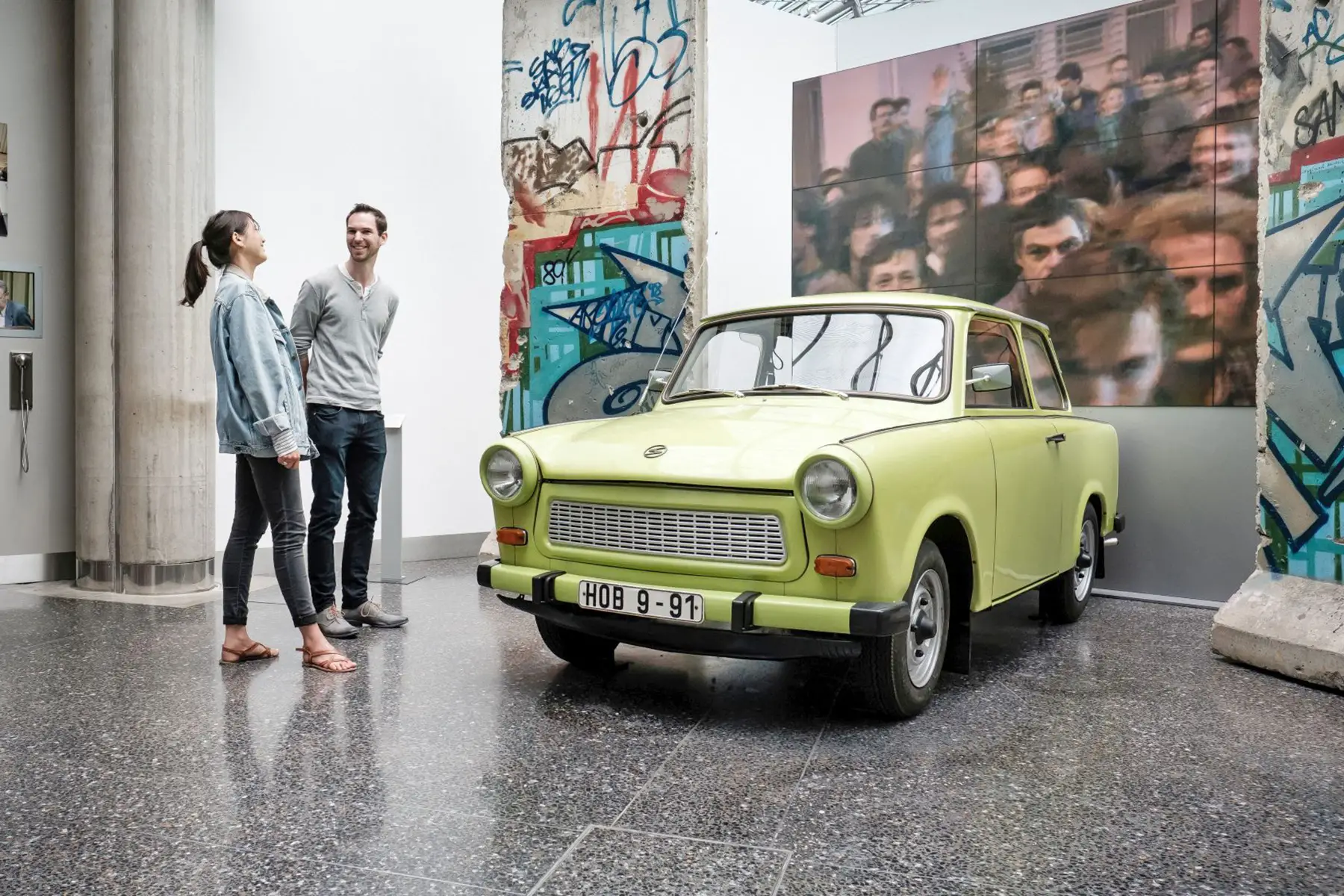
During your visit, you can watch old commercials in a 1950s-style cinema, listen to rock ‘n roll classics on a jukebox, and peek inside a raisin bomber plane. Aside from its vast permanent exhibition, the museum regularly hosts events and special programs. These invite guests to explore various aspects of life in Germany. One of them involves taking a stroll around the museum garden and discovering how people have been using private gardens since WWII.
The Museum of Contemporary History, Willy-Brandt-Allee 14, 53113 Bonn